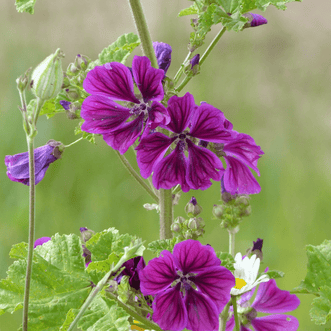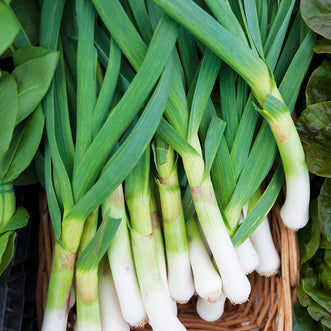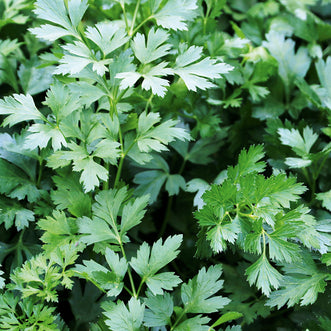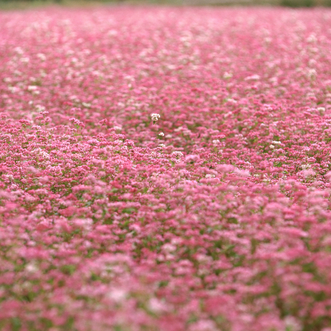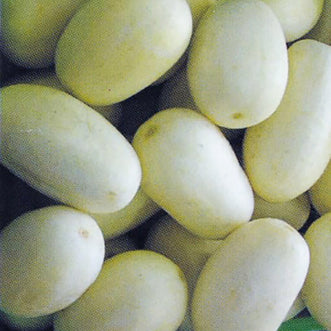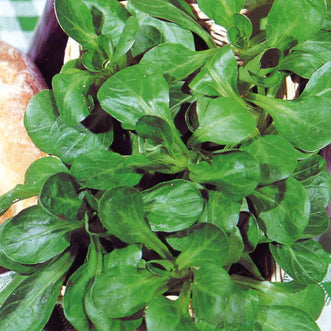Don’t let your excess herbs go to waste!

Preserve and enjoy your herbs all year round
The best way to use herbs is fresh, but at this time of the year, my plants are bursting with produce, so why not harvest this surplus and have a go at drying them for use over the winter months. It’s easy to do and there’s the satisfaction of less wastage...
I’m drying lavender, peppermint, sage, oregano, lemon verbena and white sage right now. Others that you might like to try are thyme, pyrethrum, rosemary, stevia & yarrow.
HARVEST leaves while the plants are still healthy and vibrant looking. To retain as much flavour and goodness as possible, this is best done early morning after any dew/moisture has dried off. Cut the best stems from no more than a third of the plant and remove any dead, dying or decaying bits and any insects - this also serves as a bit of a prune for your plants. You may even get a second flush of new growth!

DRY by tying small bundles together and hang upside down in a well-ventilated room out of direct sunlight. Hang on any existing hooks, on a line or even use your clothes airer – makes a great drying rack! Laying herbs on a woven plate/basket also works well – just gently turn plants every day or so to aid the drying process. In humid areas keep your eyes peeled for mould or mildew and remove if you see any signs.

HERBAL FLOWERS such as Calendula, Rose, Dandelion, Lavender, Chamomile, Violets – well any flowers that take your fancy really - are also easy to dry. Either dry the whole flower – best left on the stem and hung upside down or remove the petals and dry them on a flat surface.

STORE your harvested herbs once they are dry and crunchy. Strip leaves from stem, discard any tatty leaves and the stalk, and store in a paper bag or jar. Store and use leaves whole (not crushed) – they have more flavour this way and are easier to handle. REMEMBER TO LABEL AND DATE! Keep stored herbs in a cool dry place (not in direct sunlight), but handy, so you won’t forget to use them!!! Discard any unused dried herbs by the time of next year’s crop.

FREEZING is also an option for those herbs that lose a lot of their flavour when dried, those with a high moisture content or those with very fine leaves, such as basil, dill, parsley and coriander. Just rinse in cold water, shake off excess, chop coarsely and place in an ice cube tray or small containers, then freeze. Herbs such as basil, which is easily bruised, cover with oil before freezing. Once frozen, store in a container or plastic bag, label and use within the next few months.

Read my next blog on using your preserved herbs …













